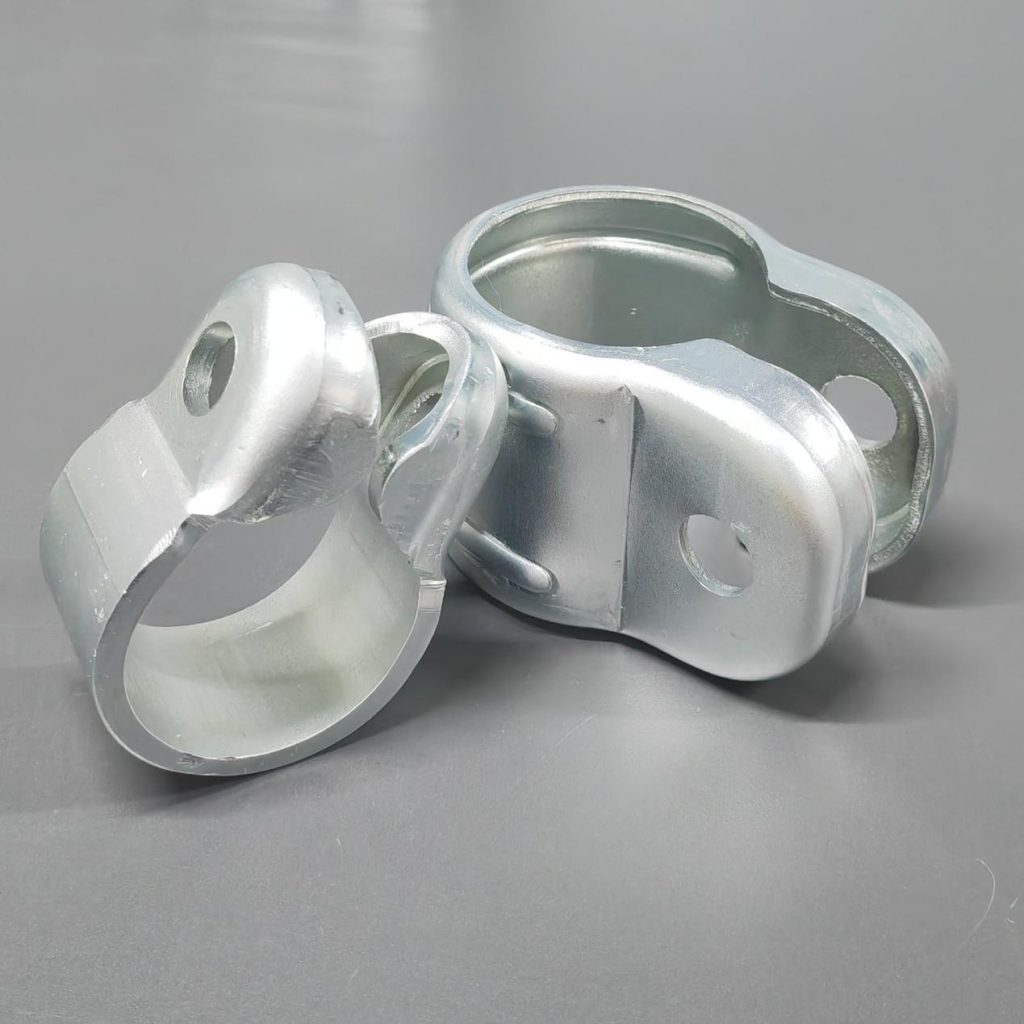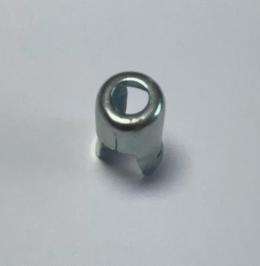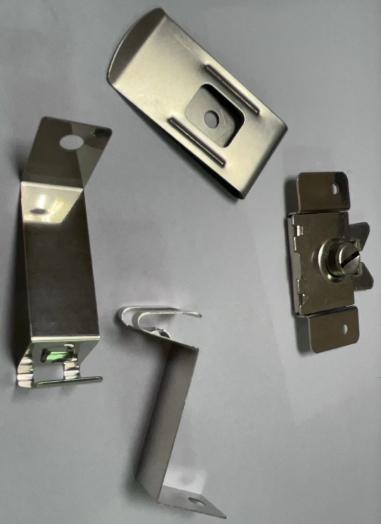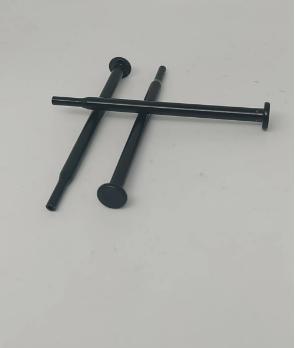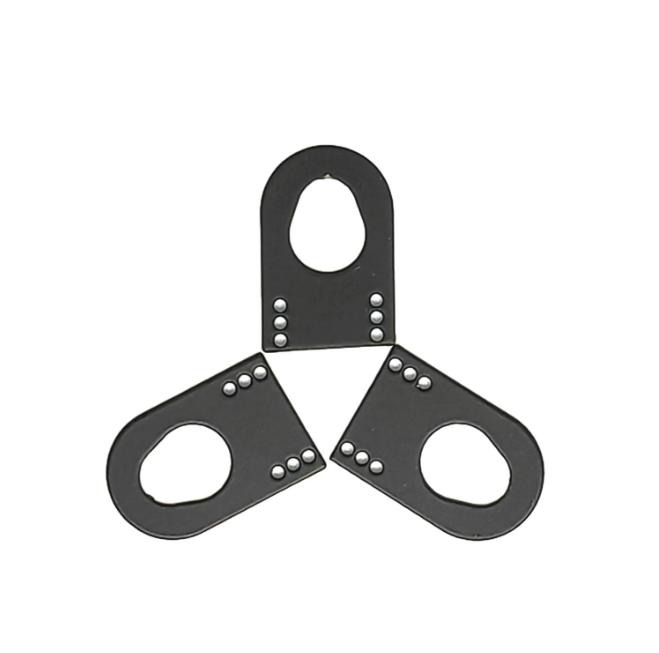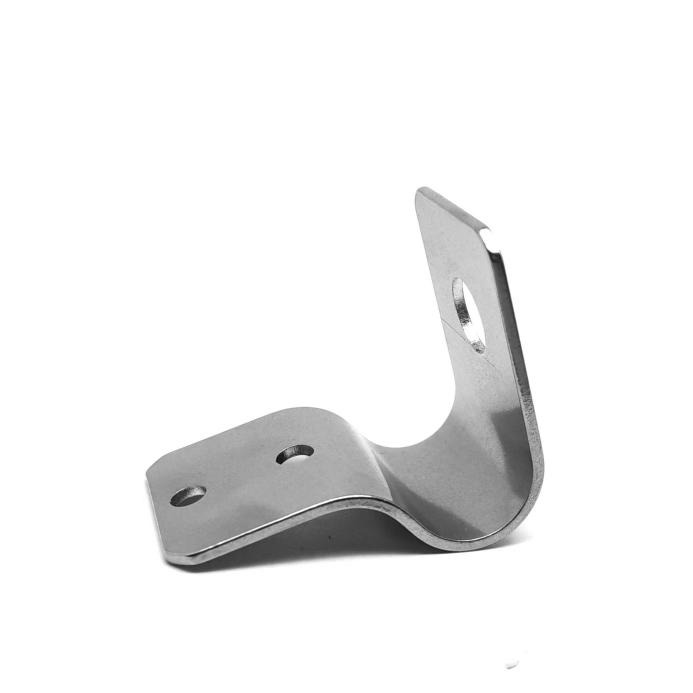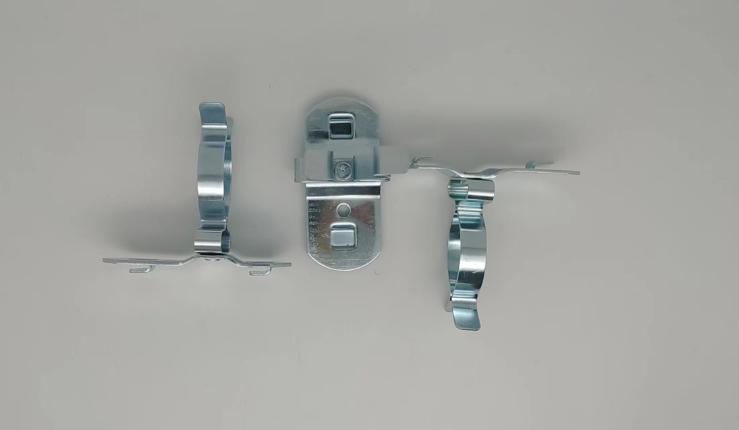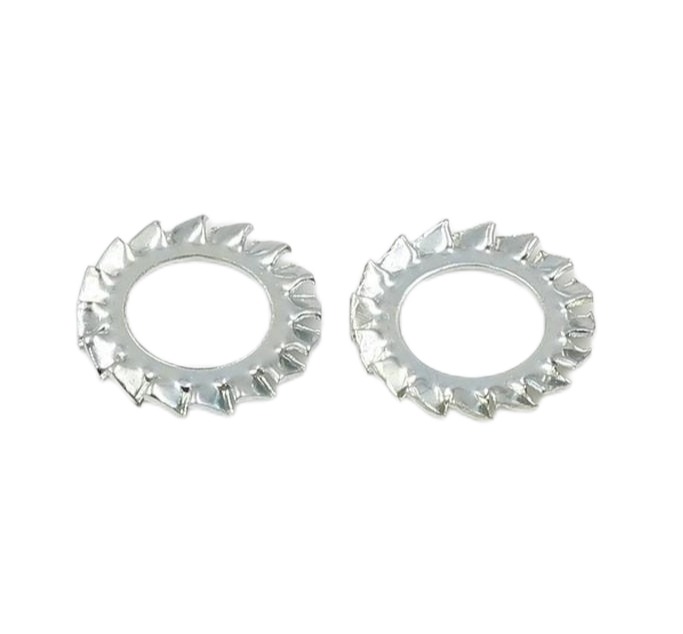Innovative Laser Cutting Advancements in Metal Stamping: Pursuing Precision, Efficiency and Versatility
The evolution of cutting technologies in the dynamic realm of metal stamping has been marked by significant strides toward precision, efficiency, and versatility. Laser cutting is one such technological advancement that has transformed the industry. This article examines the innovative developments in laser cutting as they apply to metal stamping processes, demonstrating how these advancements are reshaping the metal fabrication landscape.
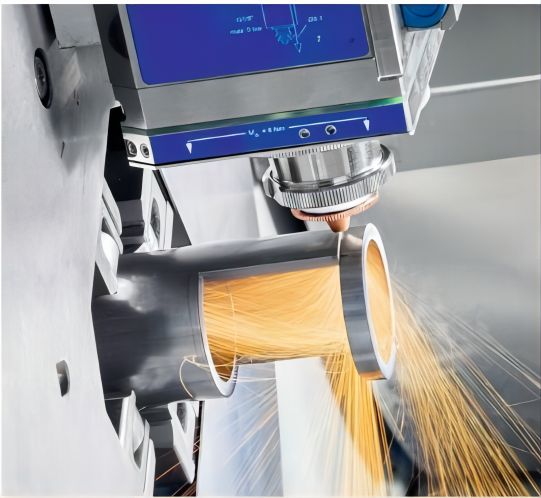
The Rise of Laser Cutting in Metal Stamping
Traditional metal cutting methods frequently involve mechanical processes such as shearing or punching, which could be time-consuming and wasteful. Laser cutting, which uses a focused beam of light to precisely cut through various metal sheets with unparalleled accuracy, emerged as a game changer.
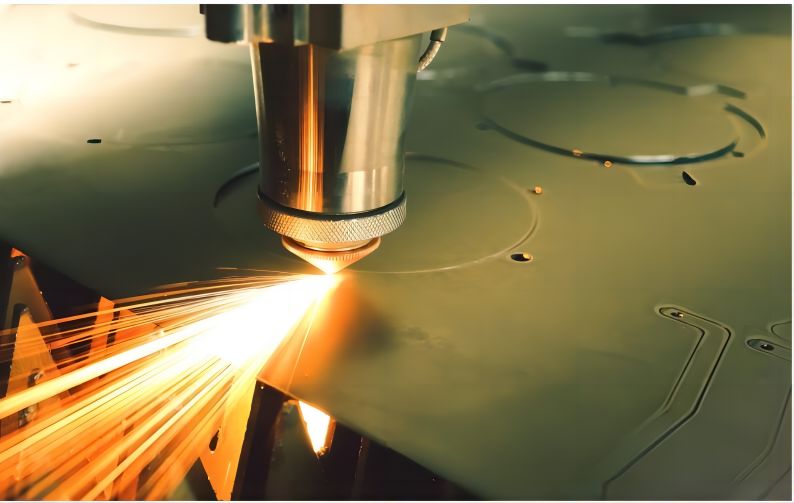
Key Advancements in Laser Cutting for Metal Stamping
1. Micron-Level Precision
One of the most significant advances in laser cutting for metal stamping is the ability to achieve micron-level precision. Laser systems, driven by sophisticated computer-controlled mechanisms, can execute intricate patterns and designs with meticulous accuracy. This precision is particularly advantageous for industries demanding intricate detailing and tight tolerances.
2. Diverse Material Compatibility
Laser cutting has surpassed the limitations of traditional metal stamping by being compatible with a wide range of materials. Modern laser cutting systems are capable of cutting through exotic alloys, plastics, and composite materials as well as metals such as stainless steel, aluminum, and carbon steel. This adaptability allows manufacturers to experiment with different materials without sacrificing cutting quality.
3. Enhanced Speed and Efficiency
Laser cutting technology advancements have significantly increased cutting speeds and overall operational efficiency. Modern laser cutting machines’ high-speed capabilities allow for the rapid execution of complex patterns, reducing production times when compared to traditional methods. The increased efficiency not only boosts productivity but also saves money and increases competitiveness.
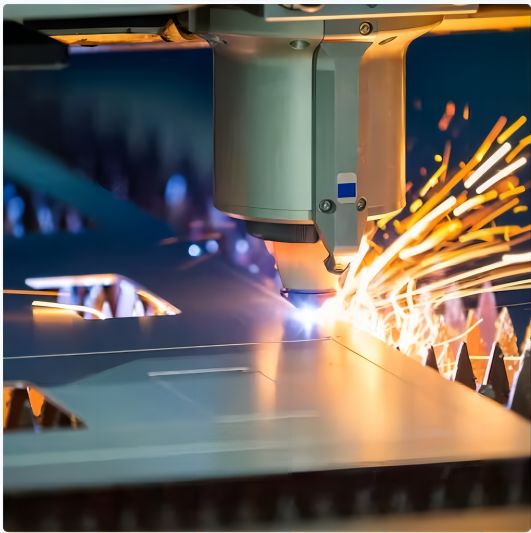
4. Rise of Fiber Laser Technology
The widespread adoption of fiber laser technology is a significant breakthrough in laser cutting for metal stamping. Fiber lasers, as opposed to traditional CO2 lasers, use optical fibers to deliver beams. This advancement provides several benefits, including increased energy efficiency, faster cutting speeds, and improved performance, particularly on reflective materials. Fiber laser technology has emerged as a popular option for manufacturers looking to improve the efficiency of their metal stamping processes.
5. Integration with CNC Systems
The combination of laser cutting and advanced Computer Numerical Control (CNC) systems has increased the capabilities of metal stamping operations even further. CNC-controlled laser cutting machines precisely adhere to programmed designs, ensuring consistency and repeatability in mass production. This seamless integration improves automation, decreases errors, and increases overall production efficiency.
6. Sustainable Practices and Waste Reduction
The precision inherent in laser cutting contributes significantly to metal stamping sustainability efforts. Laser cutting helps manufacturers achieve higher yields from raw materials while reducing material waste by optimizing cutting paths and minimizing the heat-affected zone. This commitment to sustainability aligns with the growing emphasis on eco-friendly manufacturing practices.
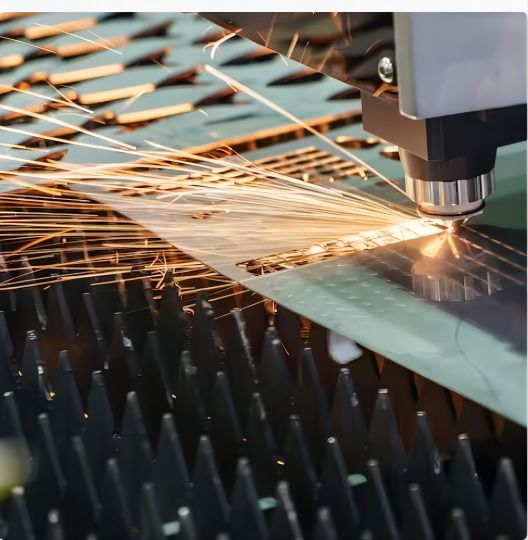
Conclusion
The relentless pursuit of precision, efficiency, and versatility has led to remarkable advancements in laser cutting technology in the metal stamping industry. These innovations are not only reshaping the manufacturing landscape, but also empowering manufacturers to meet the demands of increasingly complex and diverse markets. With its ability to combine accuracy, speed, and sustainability, laser cutting exemplifies the transformative power of cutting-edge technology in the field of metal fabrication.

